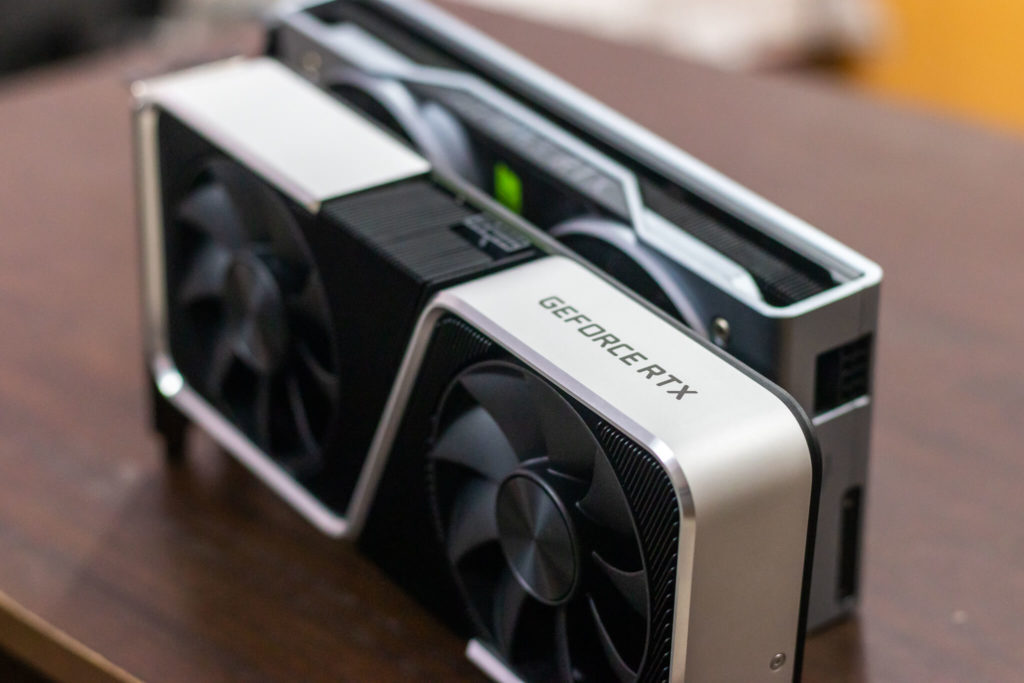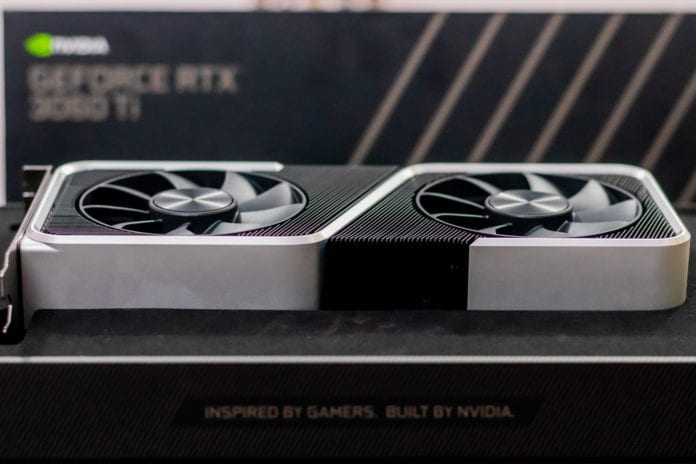NVIDIA has announced the arrival of the GeForce RTX 3060, which will hit store shelves in February. The new card is aimed at budget gamers, specifically those who’ve been stuck on NVIDIA’s most popular graphics card – the GTX 1060.
The RTX 3060 will offer a modest upgrade over the GTX 1060 with the generational improvements that Ampere brings compared to Pascal. We reviewed the RTX 3060 Ti last year and the base 3060 is shaping up to be quite unique. Here’s a look at what both of these cards offer:
| RTX 3060 | RTX 3060 Ti | |
| CUDA Cores | 3584 | 4864 |
| Boost Clock (GHz) | 1.78 GHz | 1.67 GHz |
| Base Clock (GHz) | 1.32 GHz | 1.41 Ghz |
| VRAM | 12 GB | 8 GB |
| Memory Interface Width | 192-bit | 256-bit |
| Graphics Card Power (W) | 170 W | 200 W |
| Required System Power (W) | 550 W | 600 W |
| Price | $329/Rs. 29,500 | $399/Rs.35,900 |
The most interesting thing to note here is the increased VRAM buffer. Most games at 1440p will top out around 8 GB with most settings on ‘Ultra’, but with the next-gen consoles and AMD’s RDNA 2 cards boasting 16 GB of memory, it makes sense that NVIDIA should also increase the memory buffer. With the RTX 3060 aiming to take the place of the GTX 1060, it’s bound to be kept for more time than the other flagship cards. As such, a 12 GB buffer is the way to go for slightly better longevity.
Additionally, NVIDIA has also confirmed now that Resizable BAR support (or as AMD calls it – ‘SAM’), will be supported across all RTX cards. This feature will allow the CPU to access the entire memory bandwidth of the GPU, leading to a better gaming experience. Our experience with AMD’s equivalent wasn’t amazing, but it was still a small improvement.

While NVIDIA’s pricing for the RTX 3060 is nice, it remains to be seen whether retailers will actually sell it at that. PC build components have started to get costlier recently, and Ampere’s heavy demand and low supply is still a big constraint.


